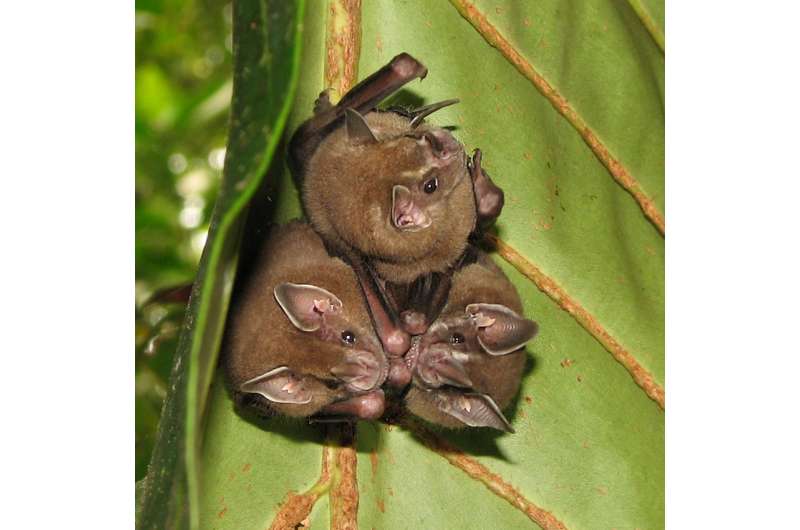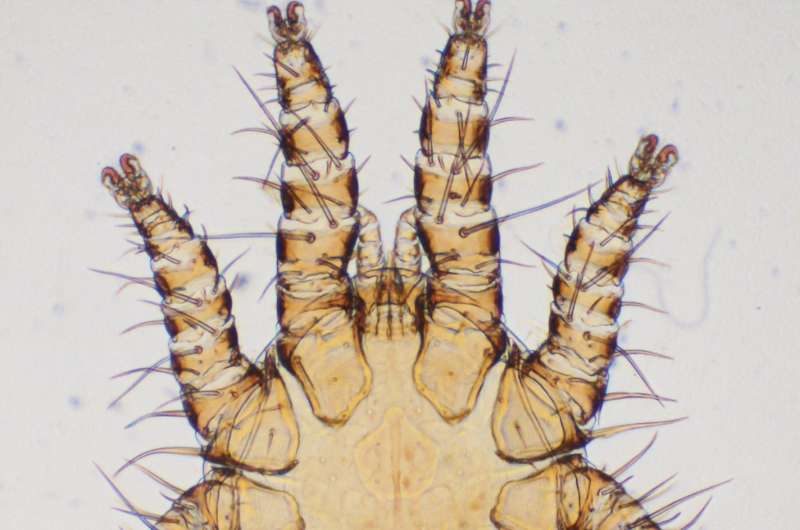Bats are transmitters of dangerous human infections

Tomsk State University zoologist Maria Orlova participated in an international research project dedicated to parasites of bats from Mexico and the Antilles. The study proved that both parasites and bats can act as the transmitters of dangerous human infections.
The scientific community has commonly believed that bats are ecologically isolated from other vertebrates. Thus, for a long time, bats were not considered to be transmitters of dangerous infections, which was one reason that bat parasites are understudied. An international research team has focused on studying the role of bats and their parasites in the transmission of dangerous natural focal infections in Central America and the Antilles archipelago, where tourism is widespread.
One of the most important goals of the research is to determine which infections are transmitted by bats and their parasites and whether human infection is possible. The Antilles are tropical habitats for many bats species and a significant number of bat parasite species. Both were tested for any infections, according to Orlova, a postdoc of the TSU Laboratory for Biodiversity Monitoring.
Opinions about the isolation of bats in the tropics are changing. Bats are now known to be closely interconnected with other groups of animals. Bats tend to inhabit human-made shelters, which makes their direct contact with people possible. In the wild, they exchange parasites and infections with rodents, which often live near people; thus, transmission of infections is possible through this link, as well.
"The samples from the bats contained gamasid mites. They are common with rodents, which indicates cohabitation," says Orlova. 'In Siberia, such findings are extremely rare, but the warmer the climate, the closer the contact between bats and rodents. Cases of parasite exchange become more frequent, so the probability of contagion grows." The infection cycle may include not only specific mites, but also human-biting mosquitoes, which comprise yet another vector of infection to humans.

Thus, listing the infections and studying transmission routes becomes urgent. For instance, the researchers in this project found causative bacteria of such genera as Bartonella, Ehrlichia, and Rickettsia, and also nematodes of the Litomosoides genus in the tissue and parasites of bats. Those are infections that may threaten people as well.
Most common bat parasites are harmless for people, but the research proves that these mites may spread the disease among small mammals, which may in turn transmit the infection to people. "This is why it is absolutely necessary to study gamasid mites," concludes Orlova.
More information: Jason D. Beck et al, First record of Chiroderma improvisum Baker & Genoways, 1976 (Chiroptera: Phyllostomidae) from Saint Kitts, Lesser Antilles, Check List (2016). DOI: 10.15560/12.2.1854
Provided by National Research Tomsk State University


















